
In July 1946, the United States conducted two atomic tests at Bikini Atoll in the Pacific. The tests, codenamed Able (an atmospheric explosion) and Baker (underwater), were among the very first of the more than 1,000 tests that the U.S. would eventually conduct in Nevada and the South Pacific over the next five decades.
Able and Baker were notable not only because they occurred so early in what would come to be known as “the Atomic Age,” but also because hundreds of civilian observers—primarily members of the press—were on hand to witness the explosions and the resulting destruction of ships moored around each explosion’s ground zero.
Among those civilians was photographer Fritz Goro, who was with Operation Crossroads (as the July 1946 tests were collectively called) as an official observer.
A LIFE staffer for four decades, the German-born Goro—at left, in the Pacific during Operation Crossroads—is widely regarded as one of history’s greatest science photographers. In fact, for many photography critics and scientists, alike, he was the most creative and the most accomplished photographer of science who ever lived.
Trained in the Bauhaus school of sculpture and design, Goro worked in Germany until the early Thirties, when he and his wife fled the country after Hitler gained power and, as Goro put it, the two of them “had to start a new life.” That new life involved working as a freelance photographer, and eventually landing a staff job, with LIFE magazine in New York, where he remained for decades.
Here, LIFE.com presents a series of Goro’s photos—most of which never ran in LIFE—made before, during and, especially, after Able and Baker, when scientists conducted countless tests to gauge the radiation exposure that resulted from the blasts.
Some of the animals that were intentionally exposed to radiation during the tests didn’t survive for more than a few days. One goat, for example (“Goat 119,” in the Navy’s records), lived for only four days after the Able test; he died of radiation sickness despite being shielded by armor plate almost a half-mile from the blast. Guinea pigs, rats and other creatures exposed to Able and Baker also died from radiation sickness, enlarged and atrophied organs and other ailments within days or weeks of the explosions.
The effect on sailors and other military personnel who observed the tests, meanwhile—none of whom wore protective clothing of any kind—has been debated for decades. A 1996 government study found that Crossroads veterans who had died appeared to have a lifespan three to four months shorter than a control group of similarly aged American non-veterans who had died. Whether this shorter life span was due to exposure to radiation during Operation Crossroads is, evidently, impossible to determine with any degree of certainty.
Liz Ronk, who edited this gallery, is the Photo Editor for LIFE.com. Follow her on Twitter @lizabethronk.
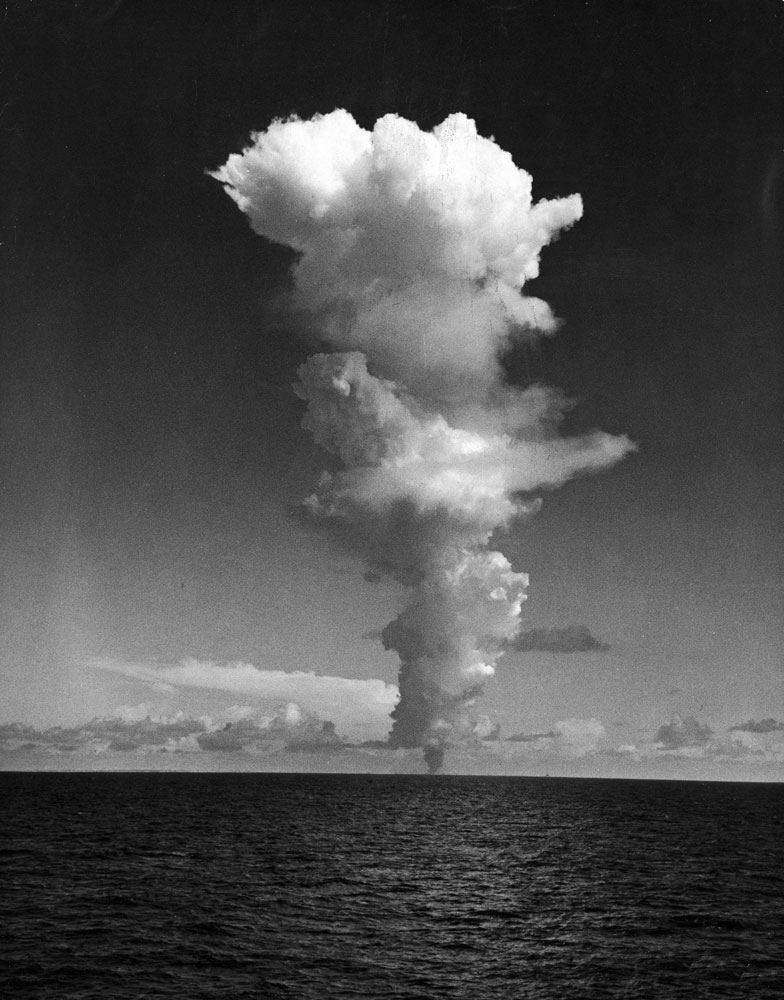
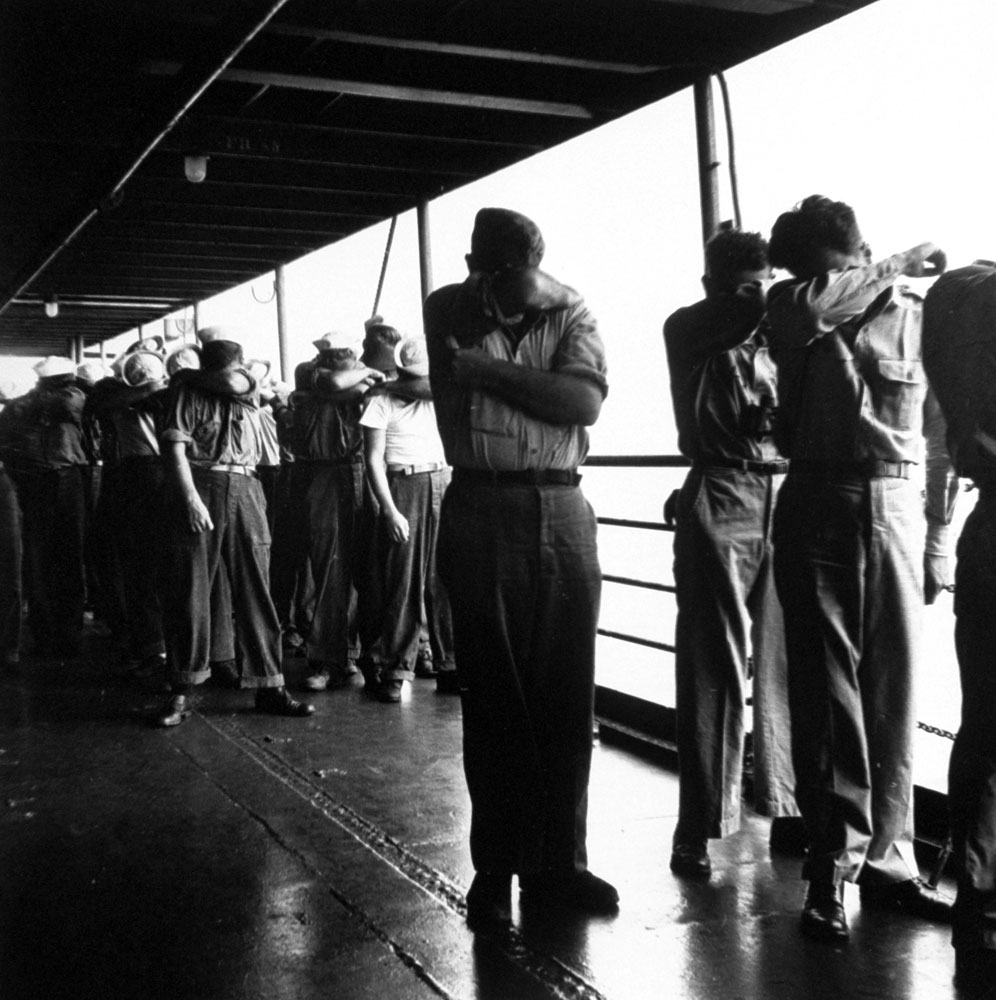

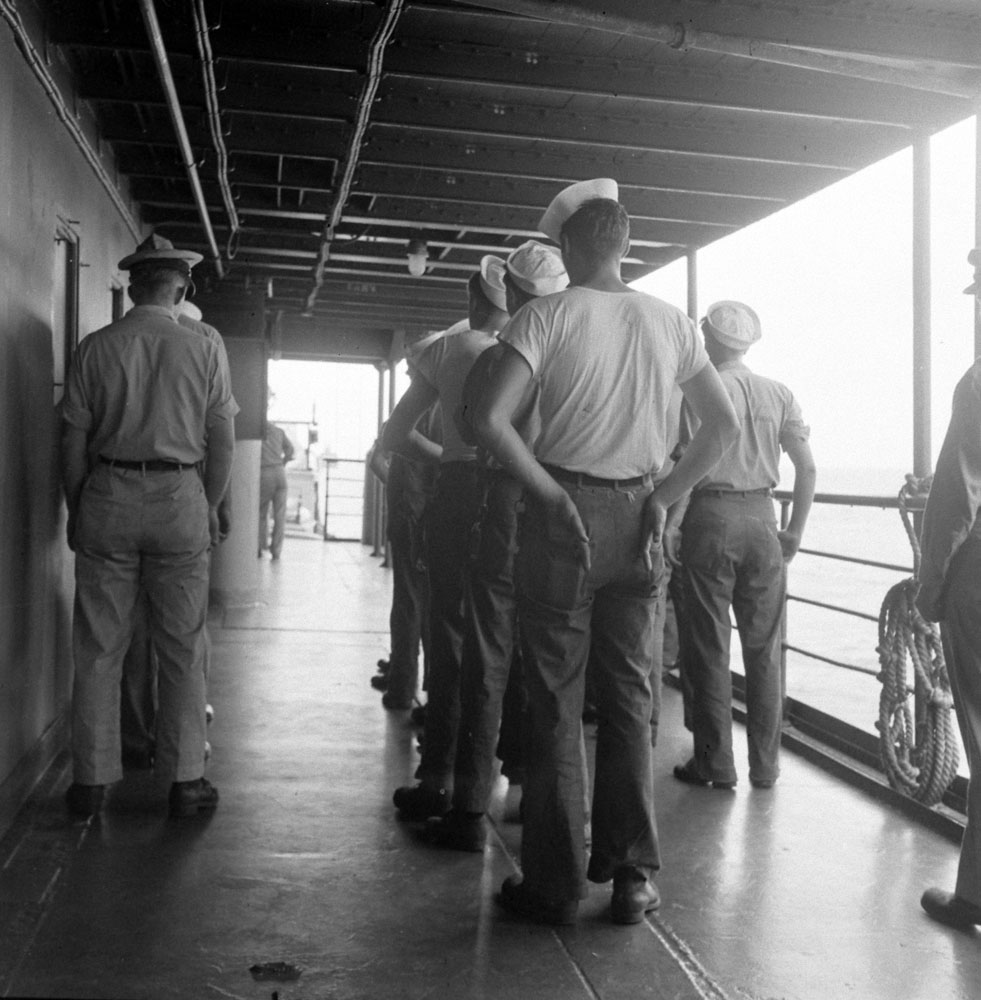
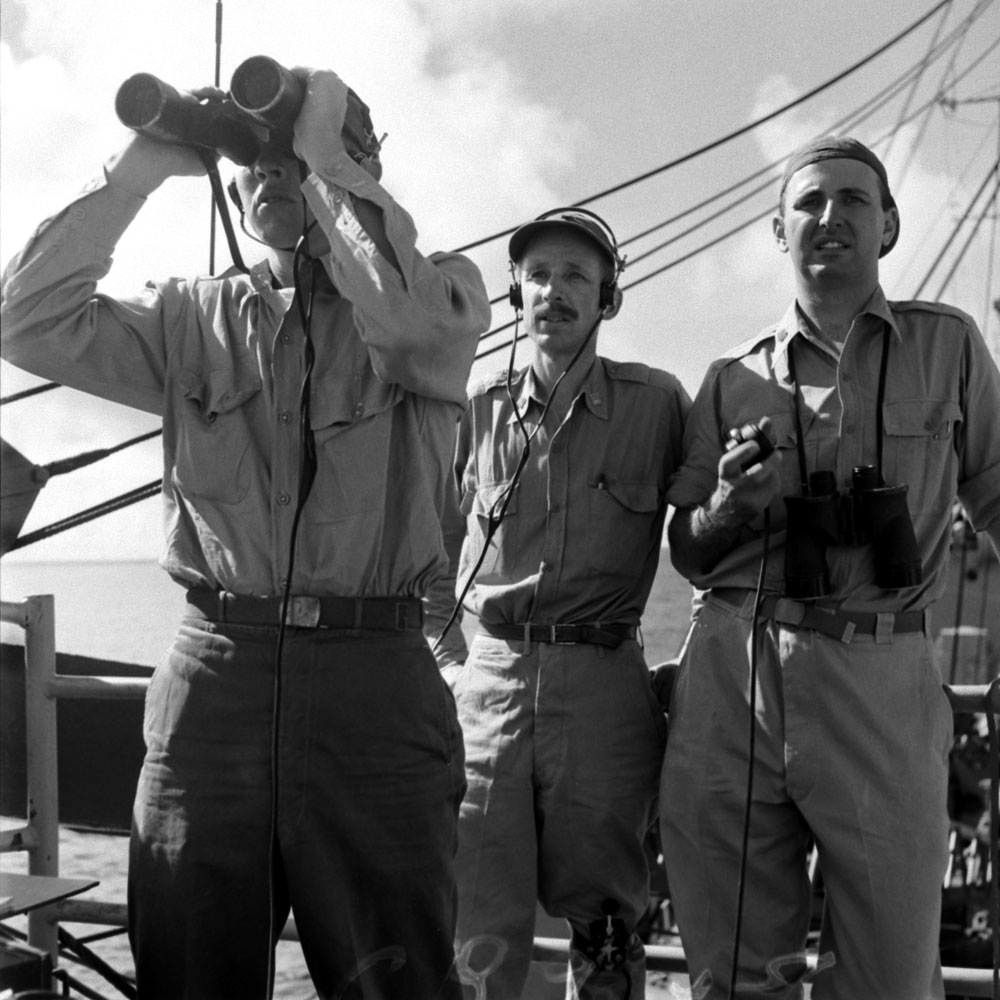


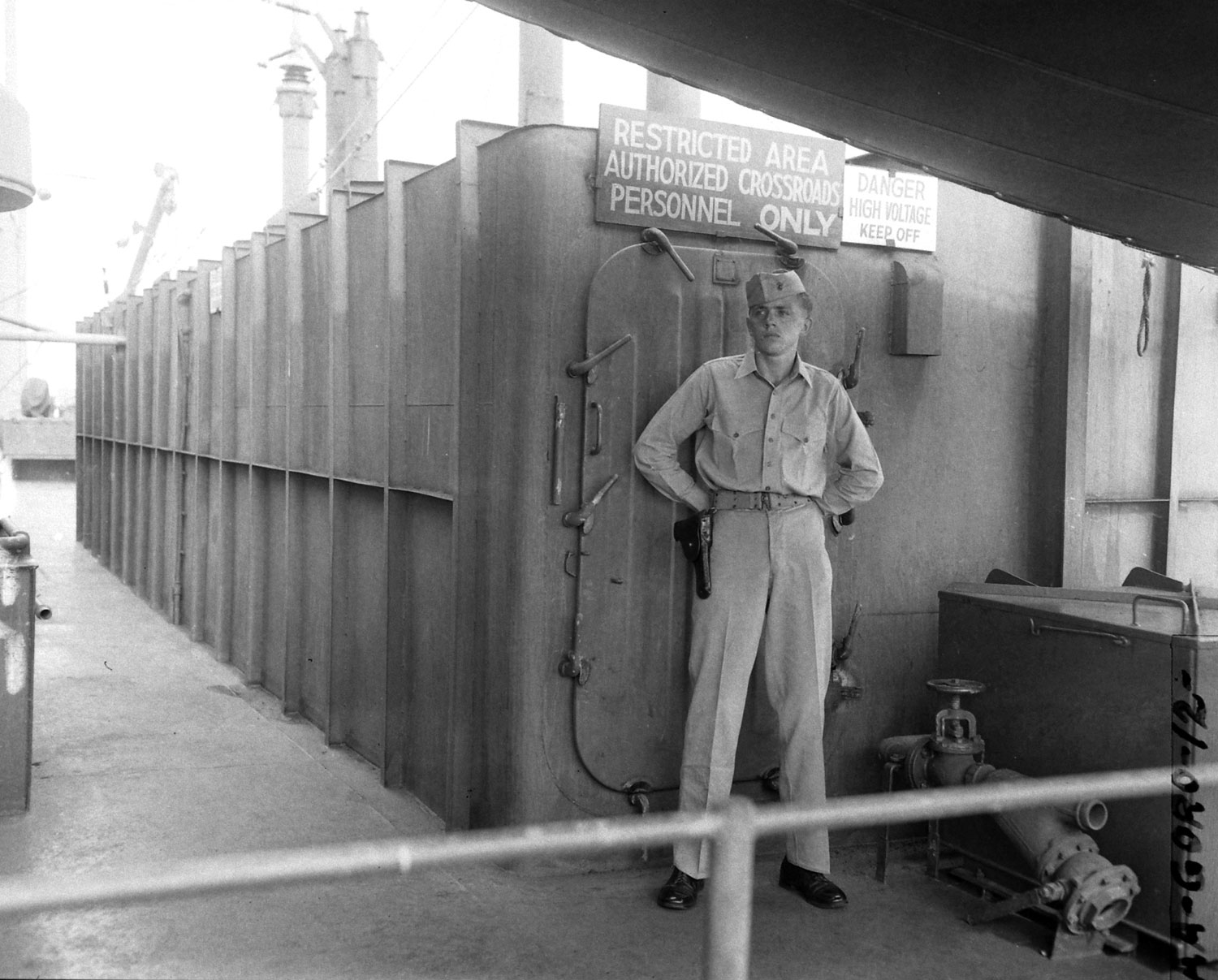

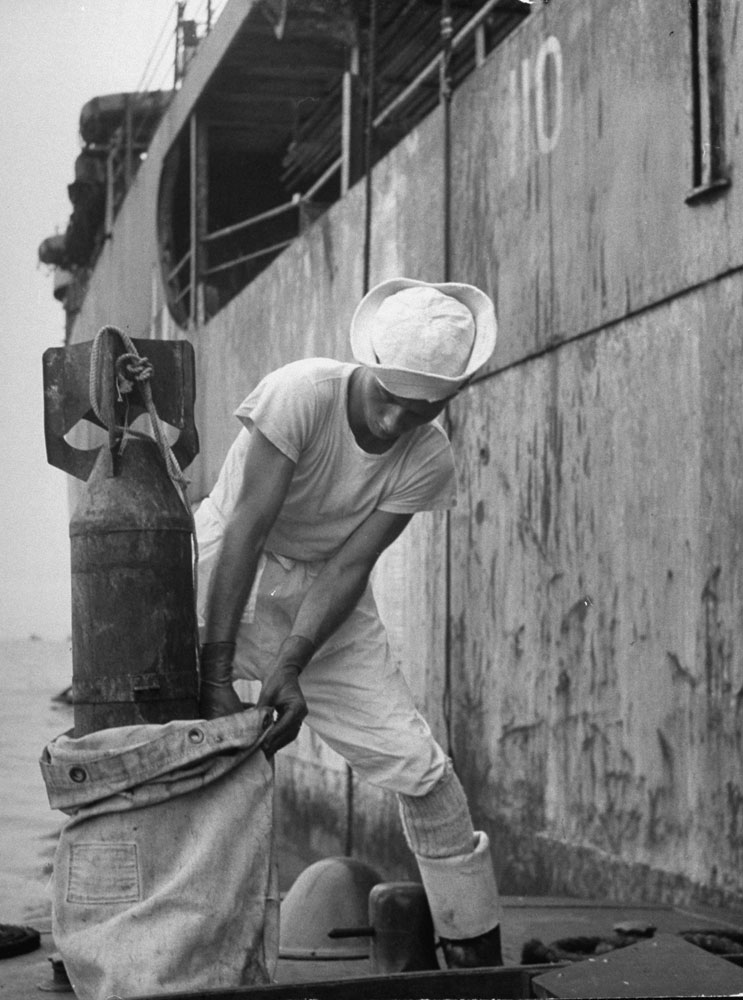
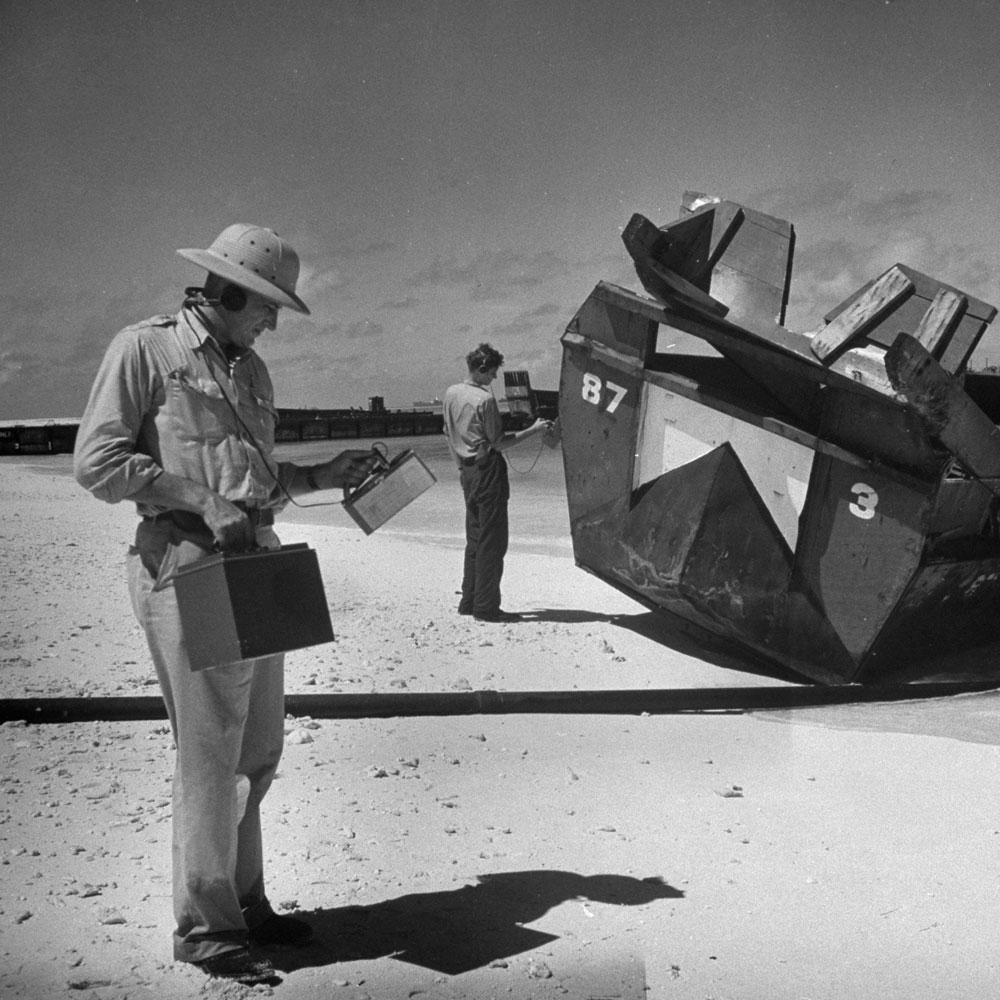

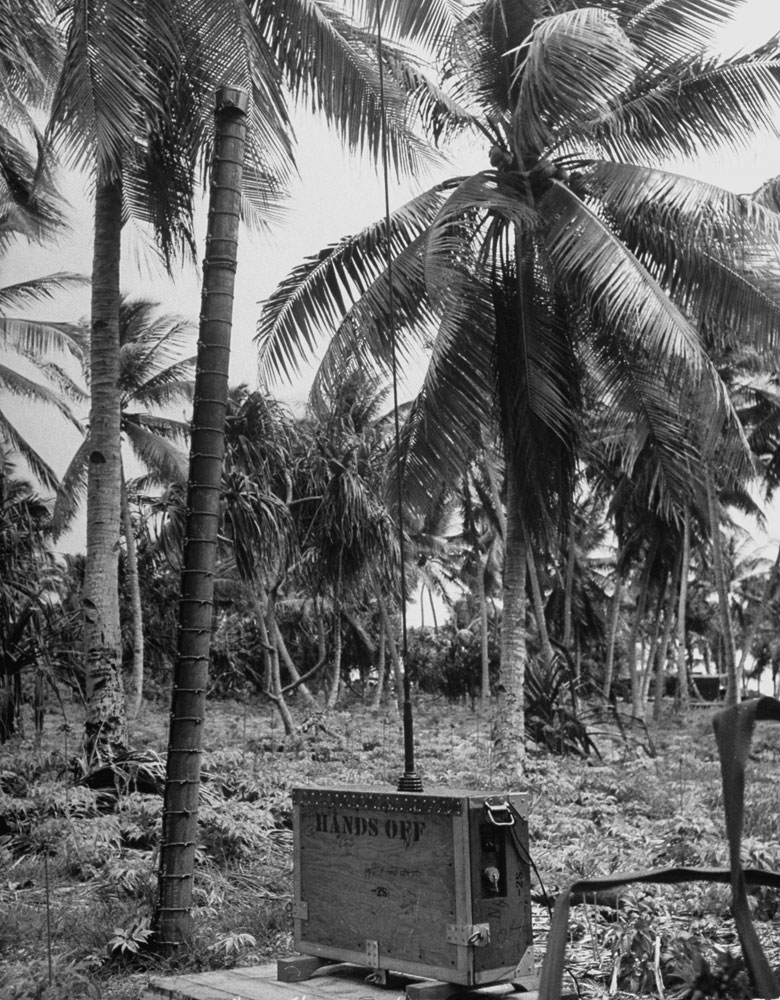
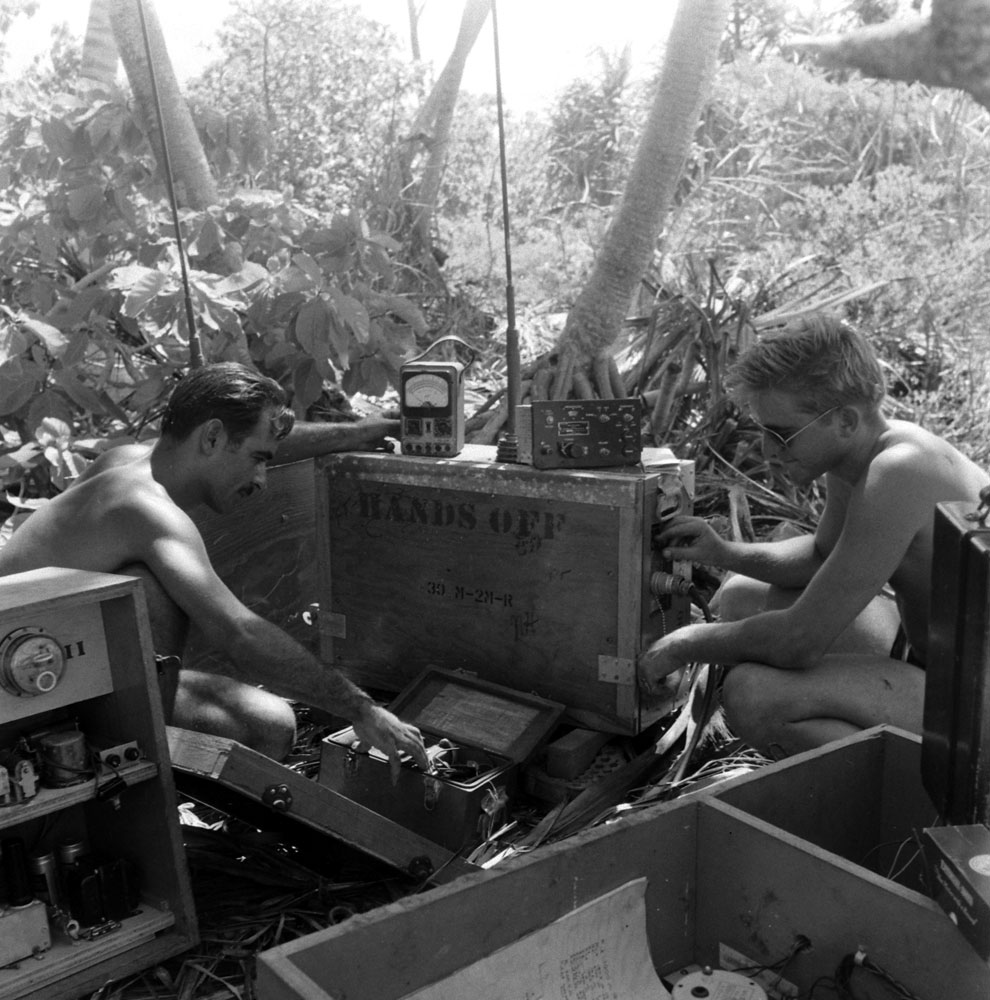




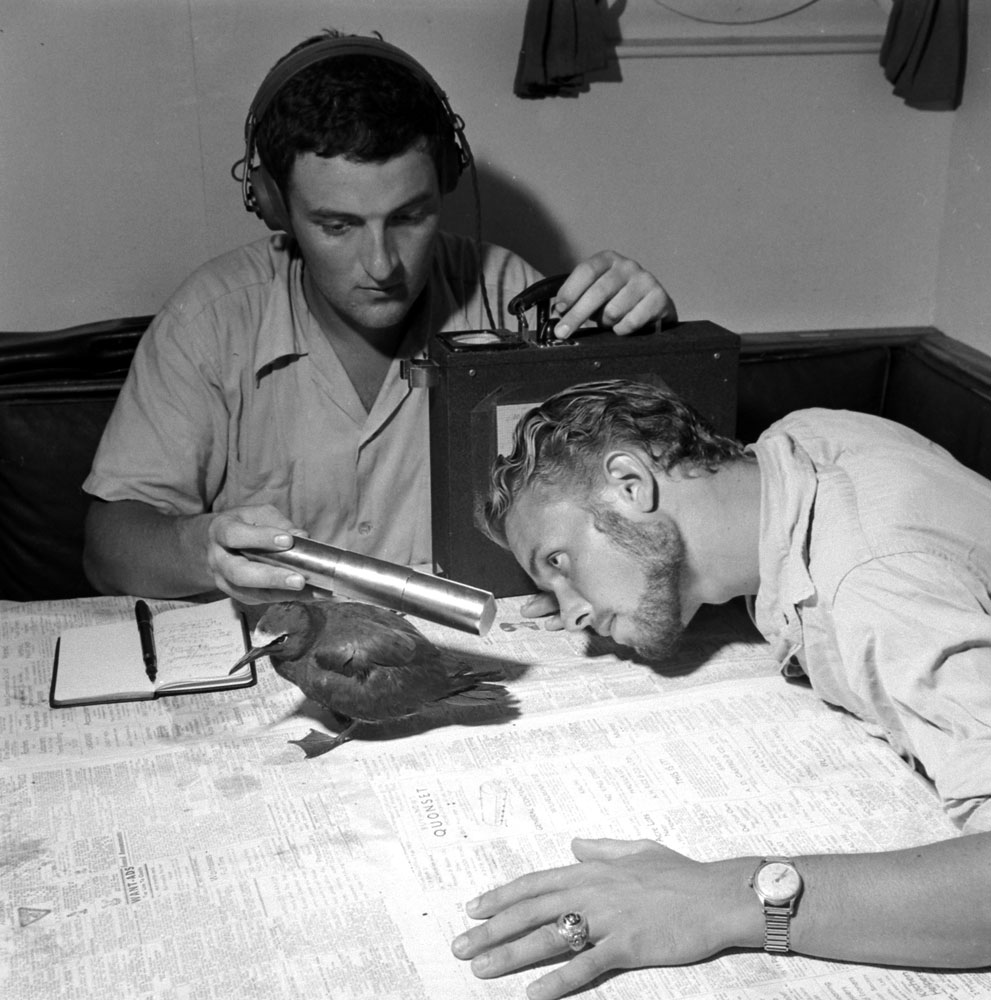




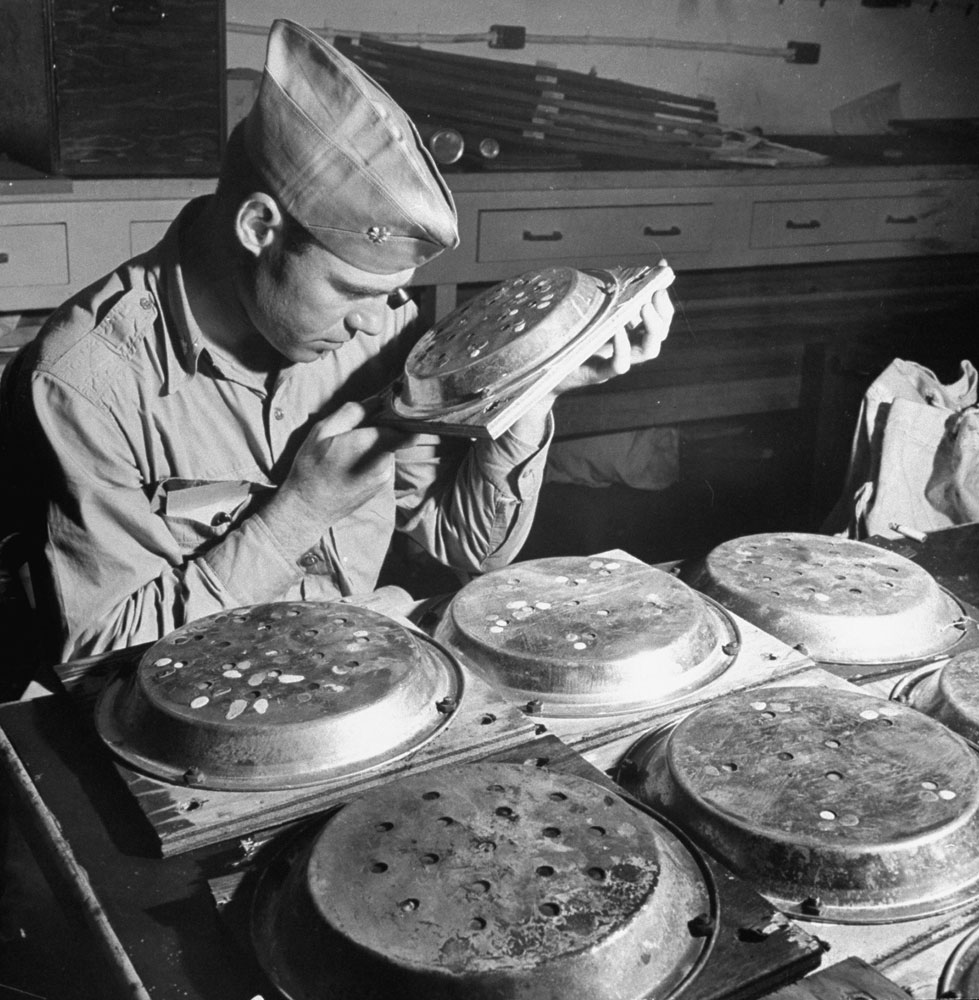
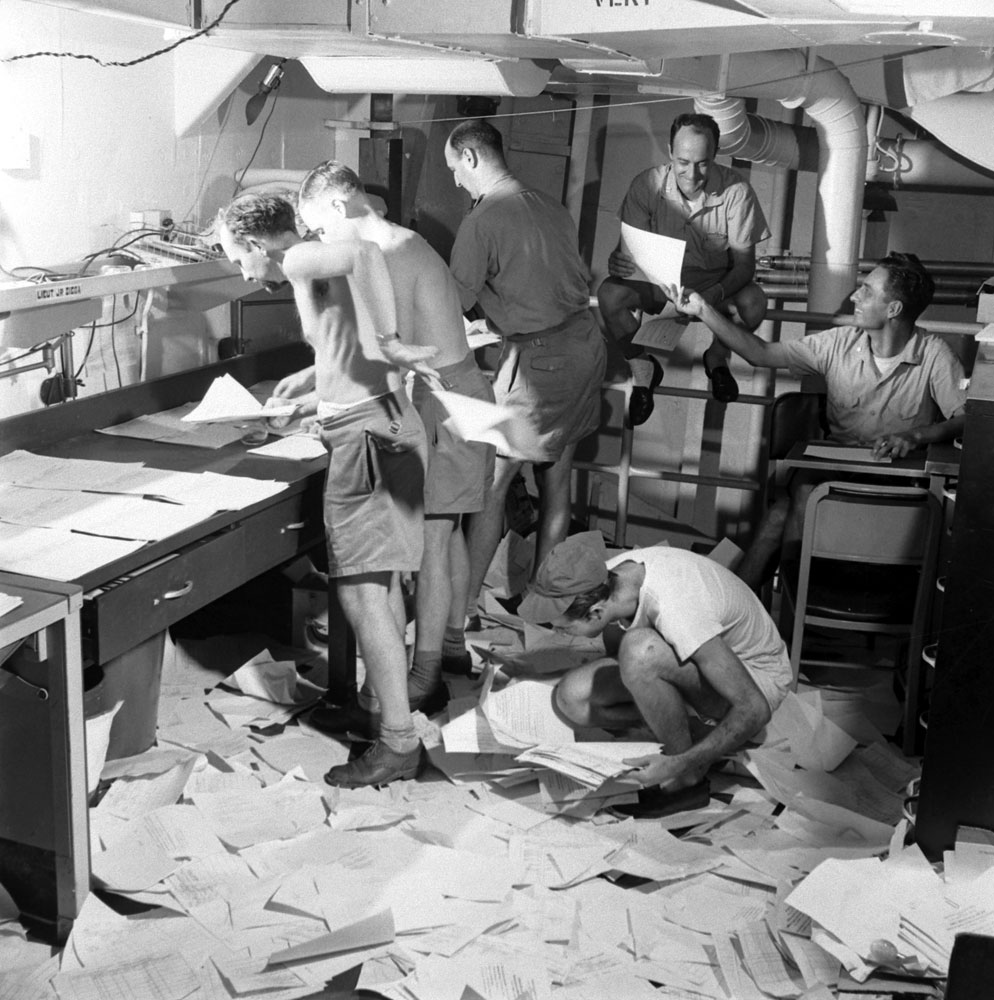
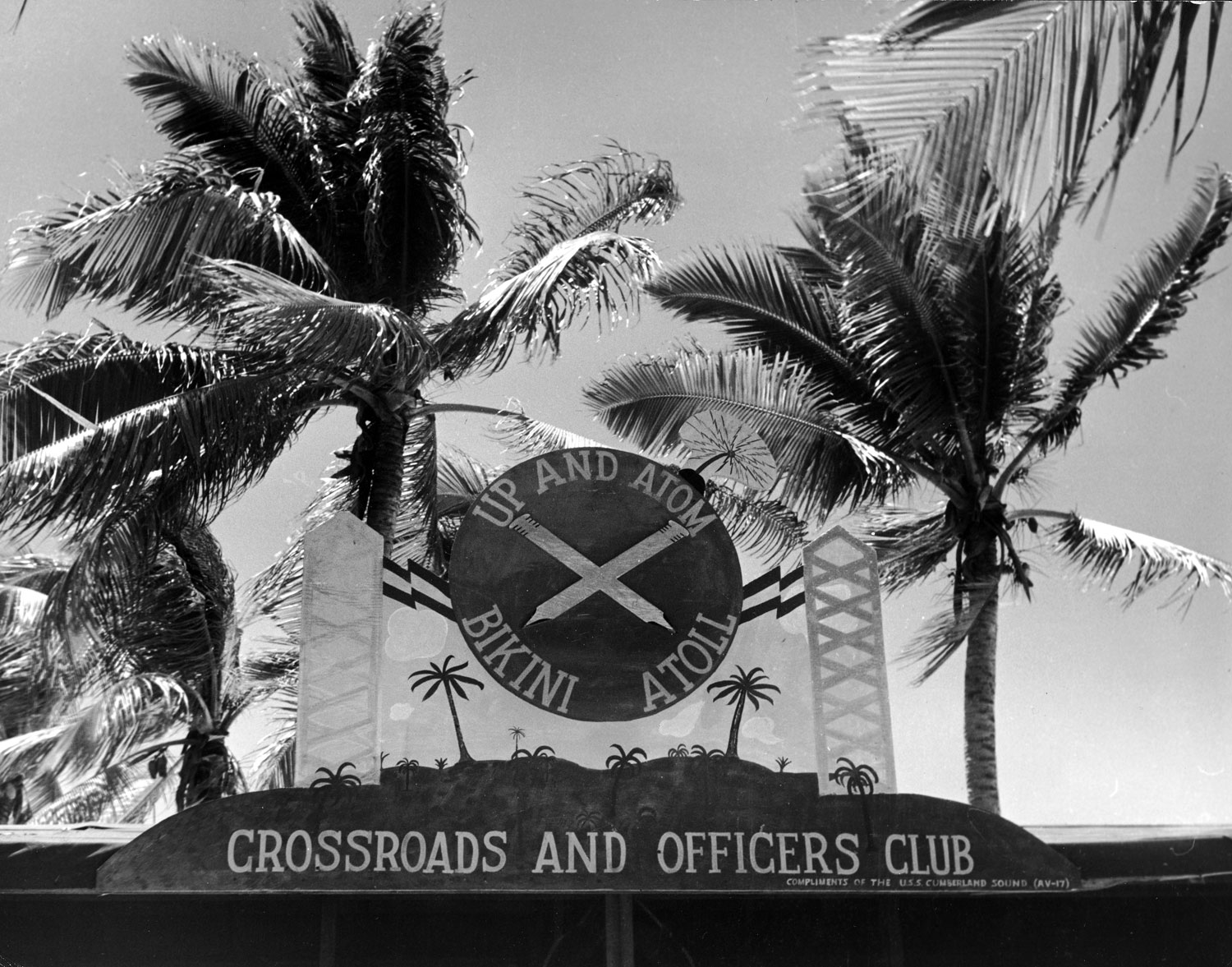
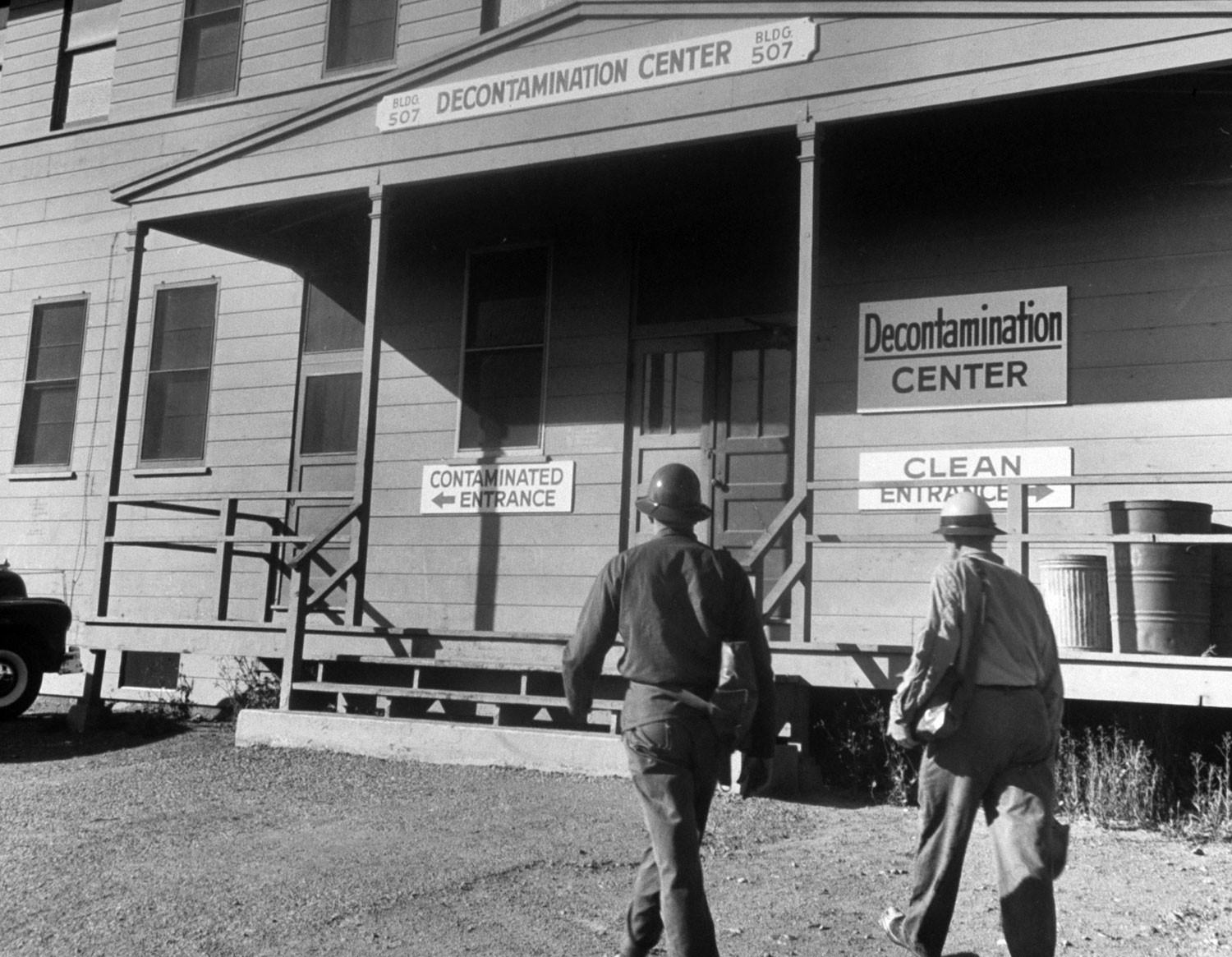
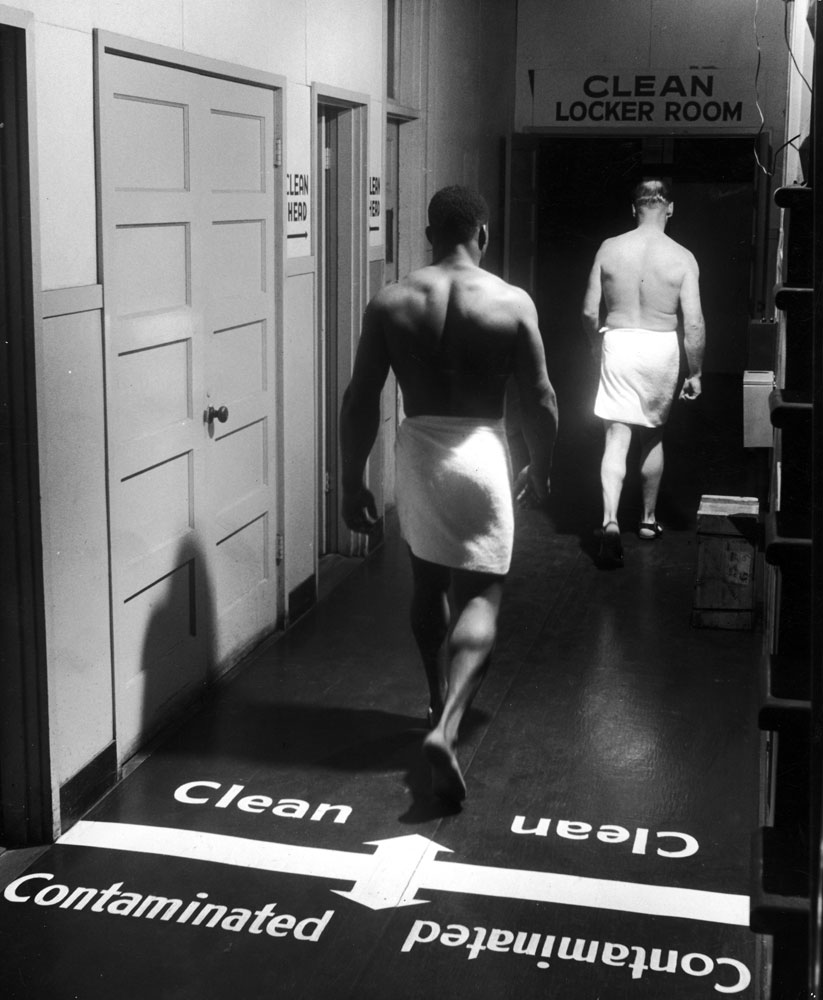
More Must-Reads From TIME
- The 100 Most Influential People of 2024
- The Revolution of Yulia Navalnaya
- 6 Compliments That Land Every Time
- What's the Deal With the Bitcoin Halving?
- If You're Dating Right Now , You're Brave: Column
- The AI That Could Heal a Divided Internet
- Fallout Is a Brilliant Model for the Future of Video Game Adaptations
- Want Weekly Recs on What to Watch, Read, and More? Sign Up for Worth Your Time
Contact us at letters@time.com